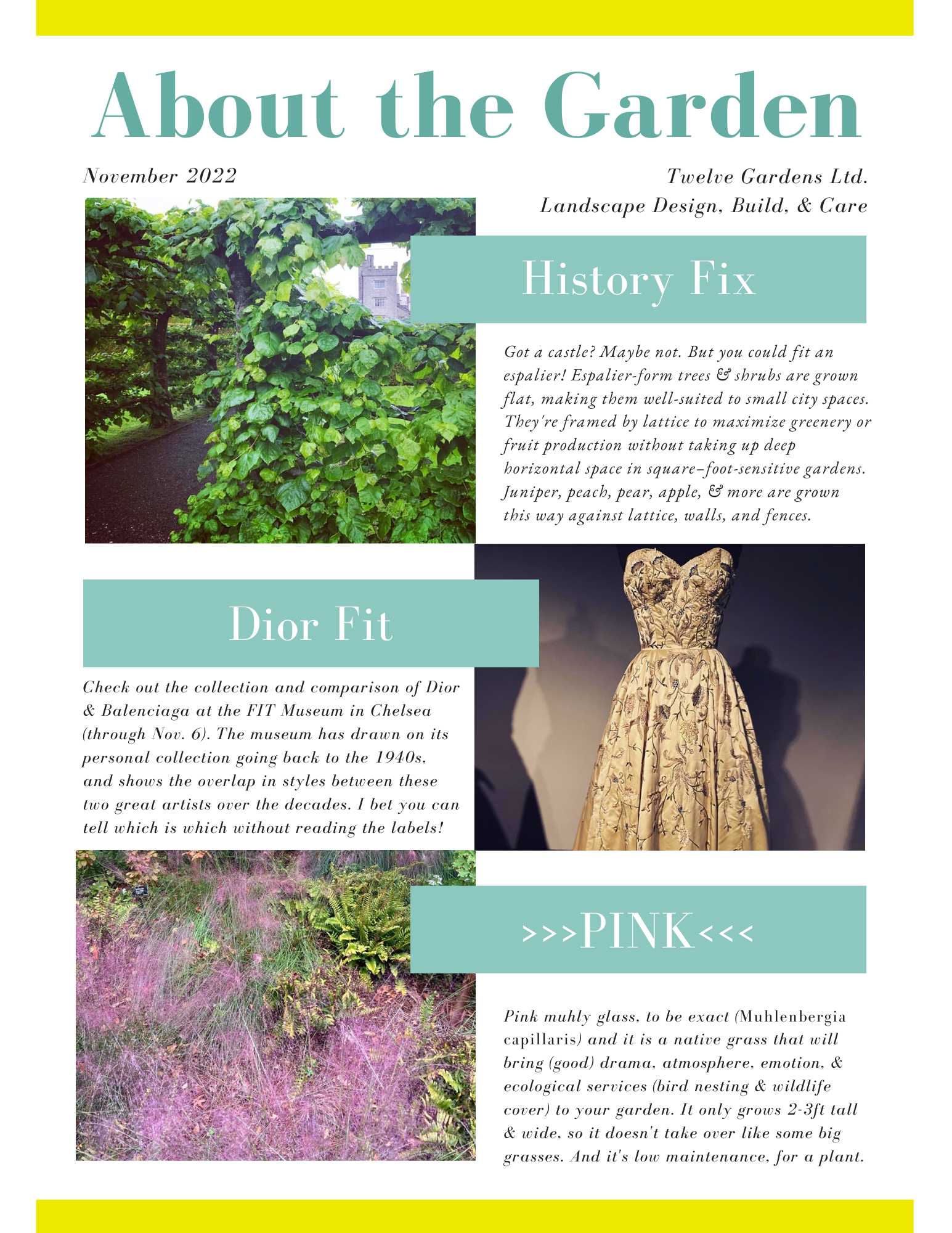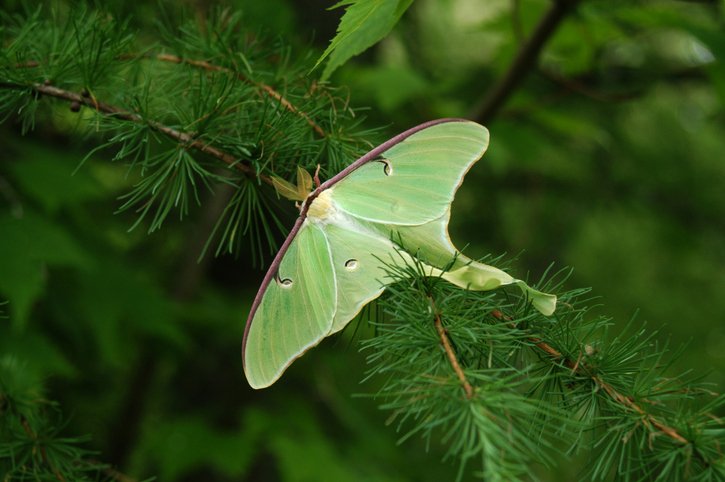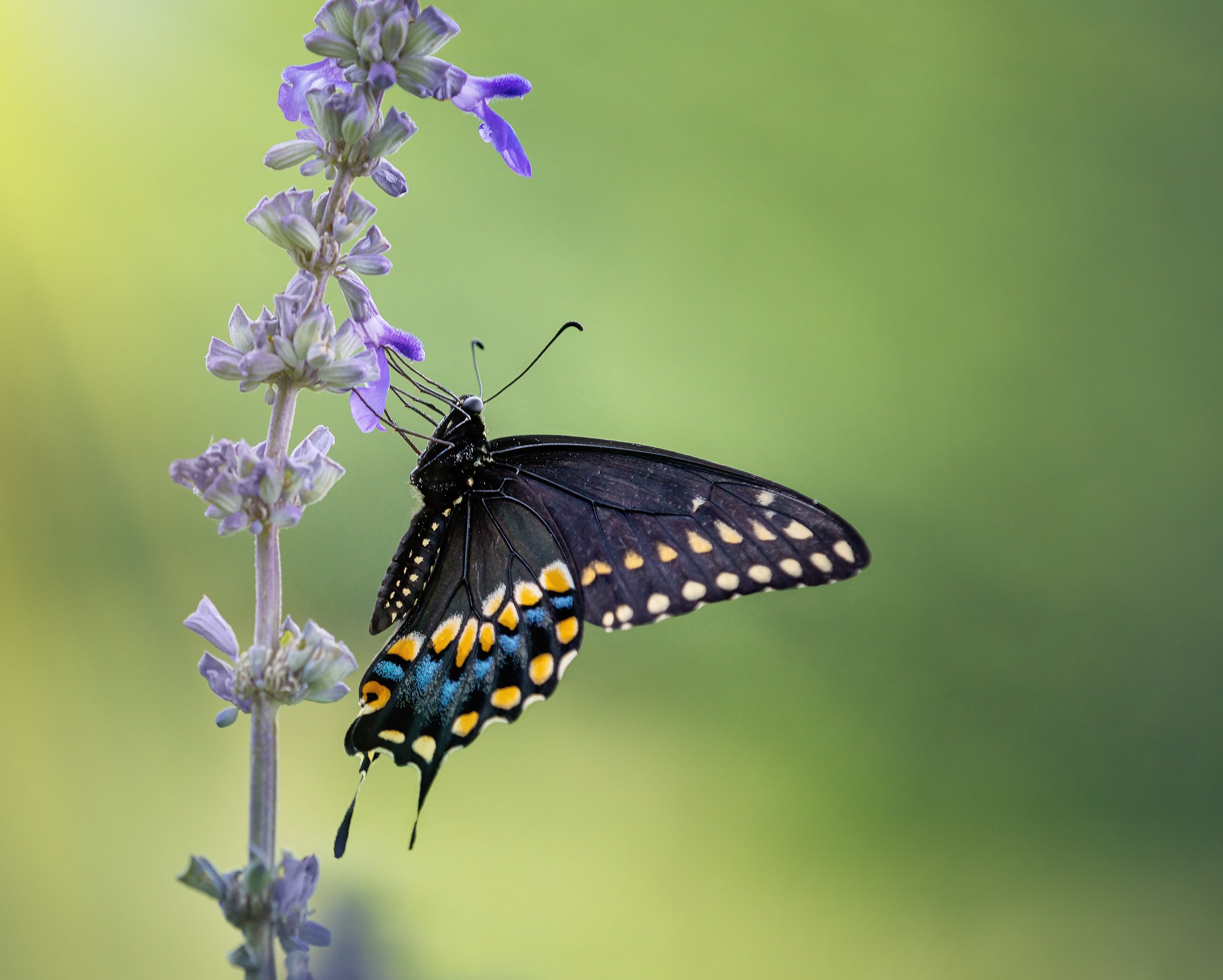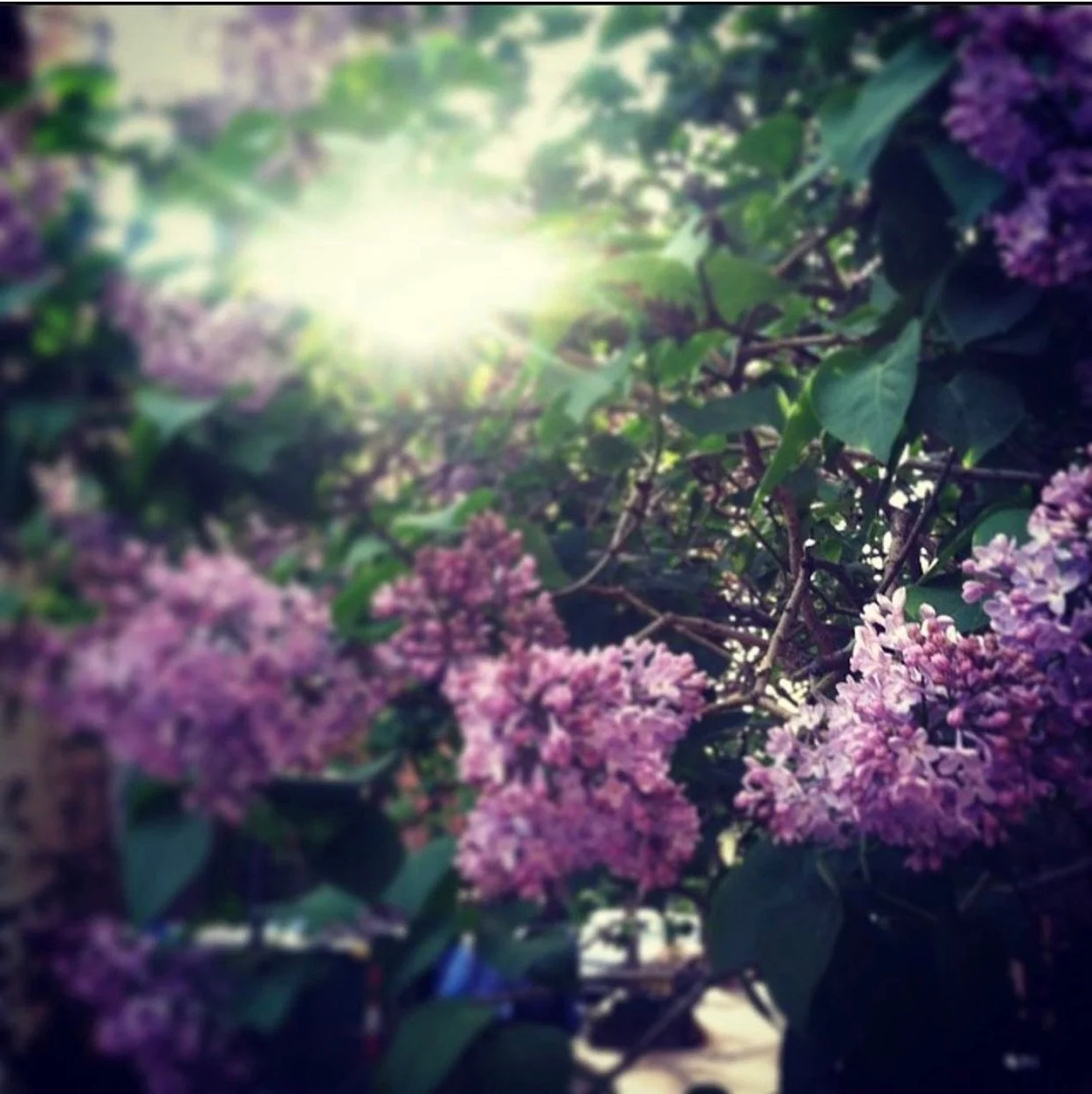We mostly see three kinds of mantids in the NYC area: the native Carolina mantid, 2” long and brown; the European mantid (Mantis religiosa), from which this general common name is derived, 3” long and plant-matching green; and the Chinese mantid, 3-5” long, brown and light green. These marvelous beings can rotate their heads 180 degrees, and they set their kids up for success by laying eggs in a protective egg case called an ootheca, where the eggs overwinter and emerge in Spring.
Yes, those rumors are true: the female of the species does in fact turn that head 180 degrees and bit the male’s head off during sex. And afterwards, she eats the rest of him. This is all in the service of creating and nourishing eggs. Talk about a self-sacrificing father….Their offspring are mini-me’s, looking just like miniature adults, but not yet capable of flying.
Mantids prey on all kinds of insects, from pests to beneficial ones. Like the lacewing and the ladybug, they will control aphid infestations.
The praying mantis lives for about a year. Genus: Mantis.



































Hey, who made that nest?; when 57th Street was a wilderness, & then artists' row; unusual Italian food in Bklyn; ice-skating under the Bridge.